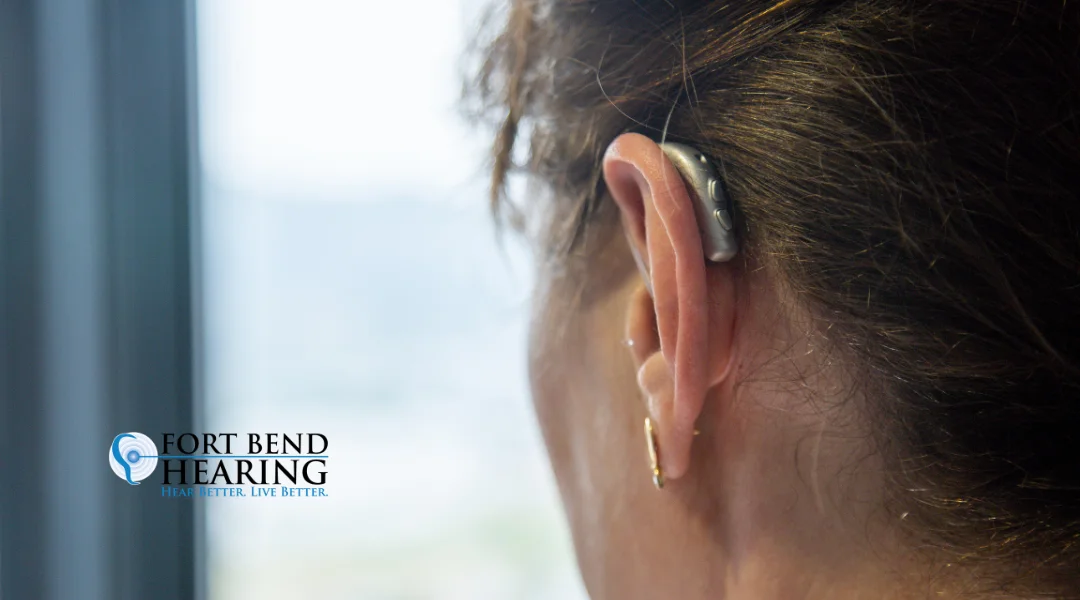Swimmer’s ear is usually associated with a disease or problem of the ear developed after remaining in the water for a long period of time. A lot of situations of swimmer’s ear are brought on by bacterial infections activated by damp and unclean conditions.
What causes swimmer’s ear?
Swimmer’s ear is usually triggered by bacteria. Putting cotton swabs, fingers, or other pointed things in the ears can also cause swimmer’s ear as it damages the thin layer of the skin lining in the ear canal.
When the natural defenses of the external ear canals are disturbed, bacteria can conveniently enter and trigger infection. The ear’s natural defenses primarily aid in keeping the organ clean and devoid of infection.
Symptoms of this condition are usually moderate in the early stages. Nevertheless, they can intensify if the infection isn’t dealt with in time. Swimmer’s ear is frequently categorized by doctors as mild, moderate, advanced, depending upon the stages of progression.
Mild symptoms:
- Itchy ear canal
- Mild redness inside your ear
- Light discomfort that intensifies when the external ear, or pinna, is tugged
- Noticeable water drainage of clear liquid
Moderate progression:
- Severe itching in the ear canal
- Pain in the ears
- Heightened soreness in your ear
- Drainage in the ear
- Feeling of fullness in the ear
- Partial obstruction of the ear canal caused by swelling, liquid and/or debris
- Decreased hearing
Advanced progression
- Severe discomfort that might radiate to the neck, face, or side of the head
- Full obstruction of the ear canal
- Redness or swelling of the external ear
- Swelling that extends in the lymph nodes in the neck
- Fever
Swimmer’s Ear Risk Factors
This condition may be triggered by the following risk factors:
- Ear devices, such as hearing aids, headphones, or earbuds. These can trigger small breaks or irritation on the skin.
- Cleaning the ear canal with pointed objects that can cause abrasions in the ear canal.
- Exposure to high degrees of microorganisms in infected water.
- Excess wetness in the ear canal from extremely humid weather, heavy perspiration, or water remaining in the ear after swimming.
Swimmer’s Ear Complications
When diagnosed and treated quickly, swimmer’s ear may not escalate to something serious. However, if left untreated, complications may occur which include:
Momentary hearing loss: Muffled hearing may be experienced due to infection. Nonetheless, this typically gets better once the infection gets rid of.
Long-term infection (chronic otitis externa): Infections of the external ear can be tagged as persistent if the symptoms linger for more than 3 months. Persistent infections like these are extra common if there are existing problems that make treatment more challenging, such as an allergy, uncommon strain of bacteria, dermatitis, psoriasis, or a mix of fungal and bacterial infections.
Deep tissue infection (cellulitis): If left untreated, swimmer’s ear can spread deep into the layers of the skin.
Bone and cartilage material damage: This is a rare but highly possible risk or complication, with the infection dispersing into the cartilage material of the outer ear including the bones of the lower part of the head. This condition can cause increasingly extreme discomfort. Diabetic clients, seniors, or people with weak body immune systems are at increased risk of this issue.
Prevalent infection: If left neglected, swimmer’s ear can turn into a sophisticated skull base osteomyelitis. The infection can spread and affect various other parts of the body, such as the brain or nerves in nearby locations. This uncommon problem can be life-threatening and ought to be treated as an emergency.
Otitis Externa: When To Seek Medical Help
Schedule a trip to the doctor if you experience even mild indicators or signs of swimmer’s ear. The development can be rapid, which means that what started as a light situation a few days prior might rapidly escalate right into a full-blown swimmer’s ear. Doctors might prescribe you antibiotics or ear drops to remove the inflammation and clear the infection.
If you experience serious discomfort in the ears accompanied by fever, call your doctor immediately or seek emergency treatment.
How is swimmer’s ear diagnosed?
Swimmer’s ear can be diagnosed initially through a physical examination. In most cases, the ear canal may look reddish, scaled, or have some level of peeling when examined through an otoscope. The eardrum may also be swollen.
Preventing Swimmer’s Ear
Your ears are as important as any part of your body, so make sure to keep them clean and dry to avoid getting ear infections. Below are some tips on how to prevent swimmer’s ear:
- Keep ears completely dry.
- After swimming or washing, turn your head sideways to help drain water from the ear canal.
- Dry the external ear by wiping it with a soft towel.
- Swim in clean water.
- Don’t swim in dirty rivers and lakes.
- Avoid pools with lots of people.
- Wear appropriate hearing protection.
- When swimming, you can wear swimming caps or earplugs to keep your ears dry.
- Stay clear of placing foreign objects in the ears.
- Do not use cotton buds, hairpins, or fingers to scratch an itchy ear or to get earwax. Doing so can press the dirt and earwax deeper into the ear canal, aggravate the skin, or puncture your eardrum.


